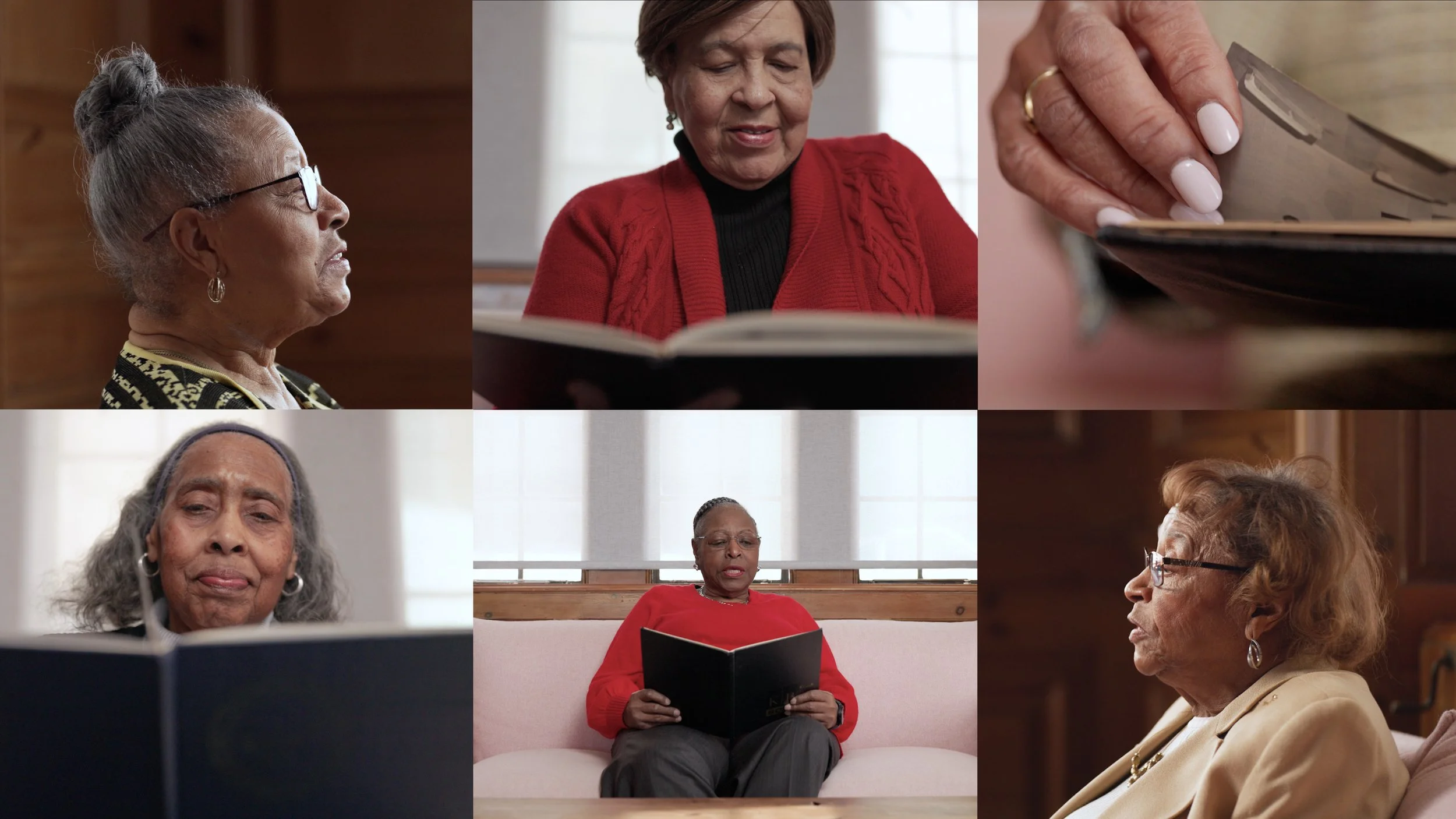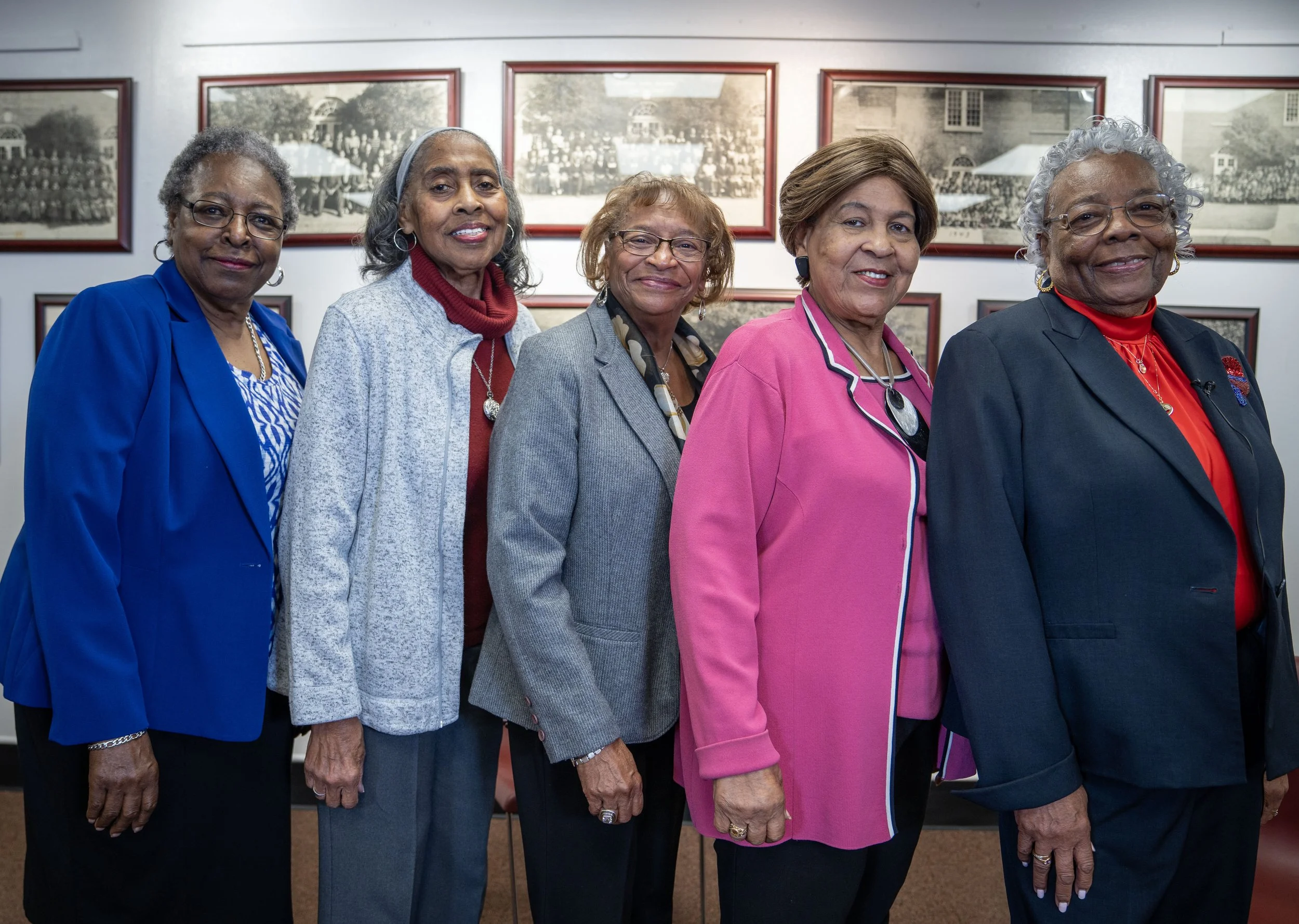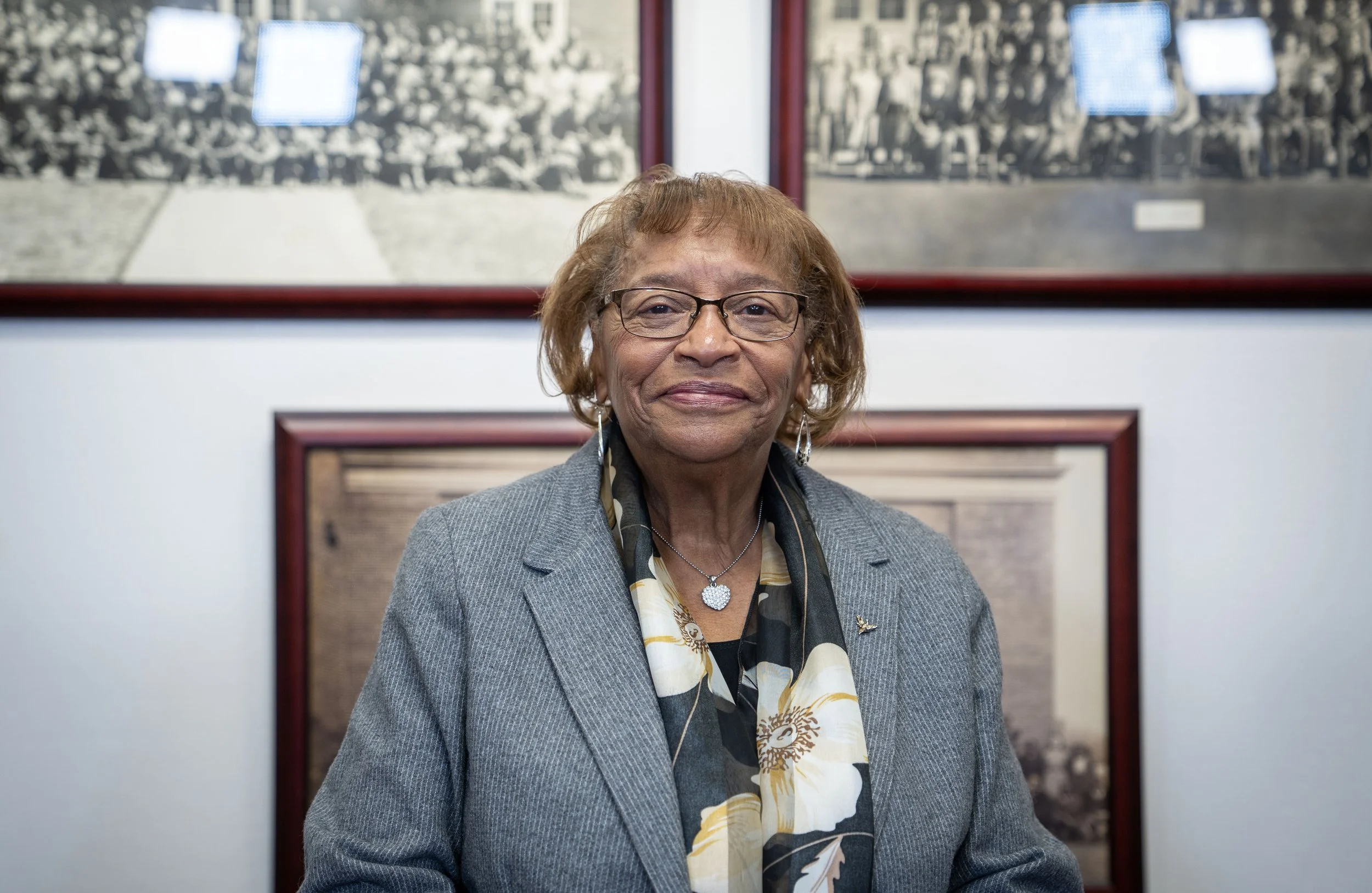Hear from the 'family' of 'Katie B.'
When you talk to any of the hundreds of Kate Bitting Reynolds Memorial Hospital School of Nursing alumni, it's a good bet you’ll hear one word consistently: family. The hospital, which opened in 1938 with help from William Neal Reynolds and Kate Bitting Reynolds, served Black residents of East Winston until its closing in 1970. "Hospital closings are traumatic events for the communities they serve," writes David Burton Smith in The Power to Heal: Civil Rights, Medicare, and the Struggle to Transform America's Health Care System. "A community's hospital provides geographic convenience and a sense of ownership and safety." News of the closing affected the students, alumni, and greater community. It's worth noting, as Smith points out, that the "formative development" of the United States' health system from 1896 to 1954 happens to be when Jim Crow began taking shape. The bookends are Plessy v. Ferguson (1896) and Brown v. Board of Education (1954). It's no surprise, then, that several former students intimated they felt a loss when the institution closed. It was separate and not equal, but it was theirs. They had a facility of their own.
The dozens of alumni interviewed for this project feel strongly that "Katie B." — as the hospital is referred — was not only a Black institution that shaped the community it served but also one that shaped students who would continue serving others after their time at Katie B. ended. Myrile Evers-Williams' description of Black women in 1964's Profiles of Negro Womanhood captures their essence: These women exhibited "qualities of courage, determination and leadership" that have "endured." The reputation of the nursing school graduates across the southeast was stellar, and "you were prepared for the next step in life after you left there," noted 1968 graduate Dorothy Sizemore Lipscomb. "It was second to none," she said. Their post-graduation experiences were not always positive, but as Evers-Williams posits, their training equipped them for the "twin demons of segregation and discrimination."
These sentiments of care and concern about the Katie B. community were not expressed in a cavalier fashion. The nurses spoke with veracity about their top-notch training, the importance of the Black hospital, and how the familial environment prepared them for resilient service. And, as Evers-Williams concludes, we can benefit from knowing about the "women who stood the storm secure in the knowledge that the harbor of freedom would some day be reached."




















